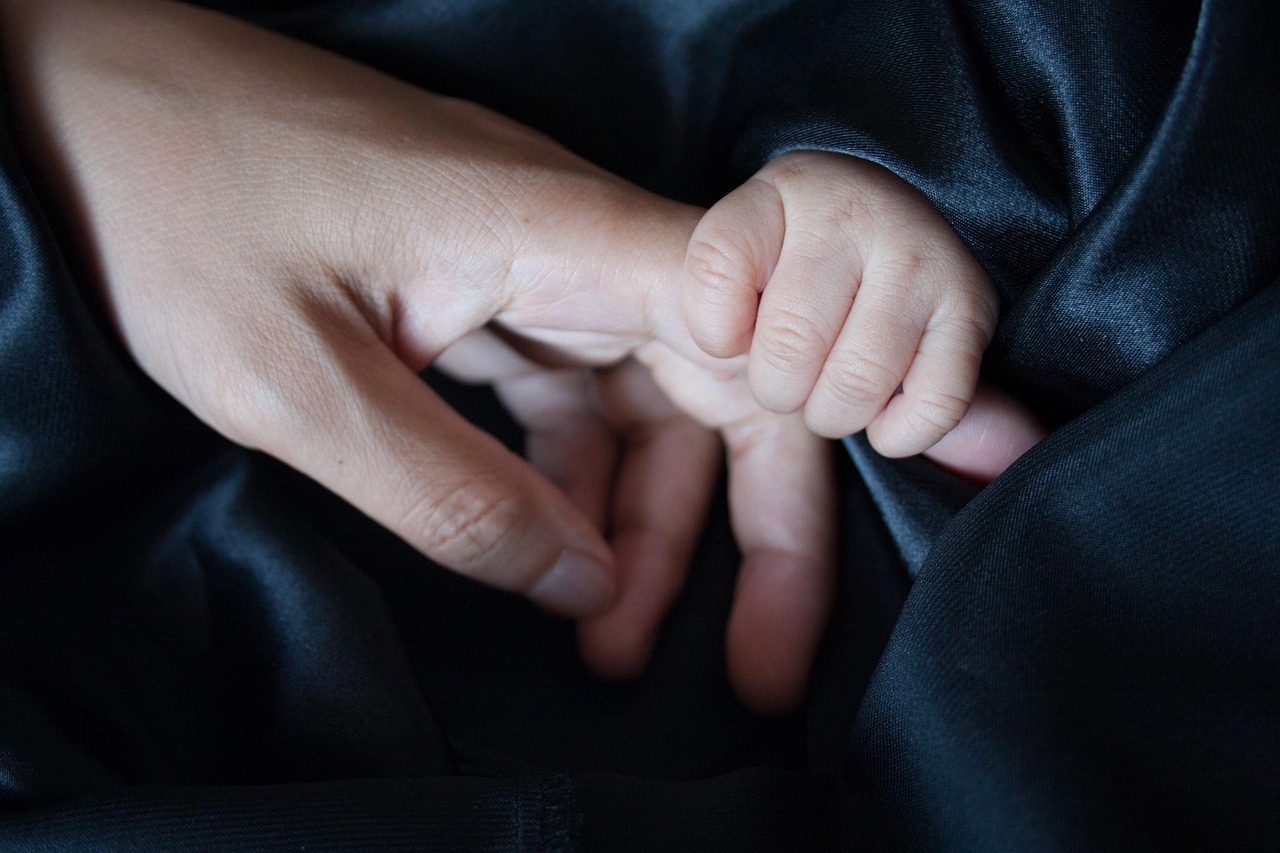
Australia is facing a demographic shift that’s raising eyebrows among policymakers, families, and experts alike. With fertility rates plummeting to historic lows, the nation is grappling with what some are calling a “baby recession.” This trend isn’t just about numbers—it’s intertwined with evolving lifestyles, economic pressures, and changing attitudes toward family life. As we look ahead, Parenting Trends Australia 2025 offer insights into how modern parents are adapting, potentially influencing future birth rates.
The latest figures paint a stark picture. In 2024, Australia’s total fertility rate dropped to 1.48 births per woman, marking the lowest level on record. This decline continues a downward trajectory that’s been evident for over a decade, with rates falling from 1.795 in 2014. Parents are not only having fewer children but also starting families later, with the median age for mothers reaching 32.1 years and for fathers 33.9 years. These shifts are driven by a confluence of factors, including soaring living costs, housing shortages, and career demands that make expanding a family feel out of reach for many.
Emerging Parenting Trends Australia 2025 and Their Role in Family Planning
As families navigate these challenges, Parenting Trends Australia 2025 are shifting toward more intentional and sustainable approaches. One notable movement is the rise of gentle parenting, which emphasizes empathy, emotional intelligence, and positive reinforcement over traditional disciplinary methods. This style appeals to millennial and Gen Z parents who prioritize mental health and work-life balance, but it also requires significant time and emotional investment—factors that might deter those already stretched thin by economic pressures.
Sustainability is another key theme. Parents are increasingly opting for eco-friendly products, from compostable nappies to ethically sourced baby gear, reflecting a broader awareness of environmental impact. In a country like Australia, where climate concerns are front and center, this trend encourages smaller family sizes to reduce carbon footprints. Coupled with efforts to balance screen time and promote outdoor activities, these practices foster mindful child-rearing but can add layers of complexity to the decision to have more children.
Childcare innovations are also evolving. Trends point to greater integration of technology in early education, flexible care options for working parents, and a focus on mental health support for both children and caregivers. Micro-care settings and diversity programs in childcare centers are gaining traction, helping families from varied backgrounds feel included. However, with 18 private maternity units slated for closure by the end of 2025, access to quality prenatal and postnatal care remains a hurdle, further contributing to delayed or forgone pregnancies.
How Parenting Trends Australia 2025 Intersect with Economic Realities
Diving deeper, Parenting Trends Australia 2025 reveal a push toward simplification and realism in family life. Many parents are ditching outdated expectations, such as lavish “inchstone” celebrations or excessive social media sharing of their children’s milestones—known as “sharenting.” Instead, there’s a focus on practical, low-pressure parenting that aligns with financial constraints. For instance, amid rising rents and a housing crisis with vacancies as low as 1.8%, couples are prioritizing stability over expansion.
This realism is echoed in broader demographic data. Women aged 45-49 have the lowest fertility rates at just 1.4 babies per 1,000, while teen births are minimal at six per 1,000. The overall drop to 1.461 births per woman underscores how economic “crises”—from inflation to job insecurity—are prompting Australians to rethink family size. According to data from the Australian Bureau of Statistics (ABS), these trends are exacerbating reliance on immigration to sustain population growth, as natural increase alone can’t keep pace.
Experts suggest that without targeted support, such as affordable housing initiatives or enhanced parental leave, the baby recession could deepen. Yet, positive shifts in parenting culture offer hope. By embracing flexible work arrangements and community-based support networks, families might find ways to grow despite the odds. Trends like prioritizing emotional well-being over material excess could make parenthood more appealing, encouraging a rebound in birth rates over time.
The implications extend beyond individual households. A shrinking younger population could strain healthcare, education, and pension systems, forcing governments to adapt. While immigration helps fill gaps, it also highlights the need for policies that bolster local families. As one report notes, the fertility decline is a “worldwide phenomenon,” but Australia’s unique blend of urban living and vast landscapes adds its own flavor to the challenge.
In wrapping up
It’s clear that Australia’s fertility landscape is at a crossroads. By understanding and adapting to Parenting Trends Australia 2025, families and policymakers can work toward solutions that make starting or expanding a family more feasible. Whether through better economic support or cultural shifts that celebrate diverse paths to parenthood, there’s potential to reverse the tide. For now, the data serves as a call to action: prioritize what matters most for future generations.






